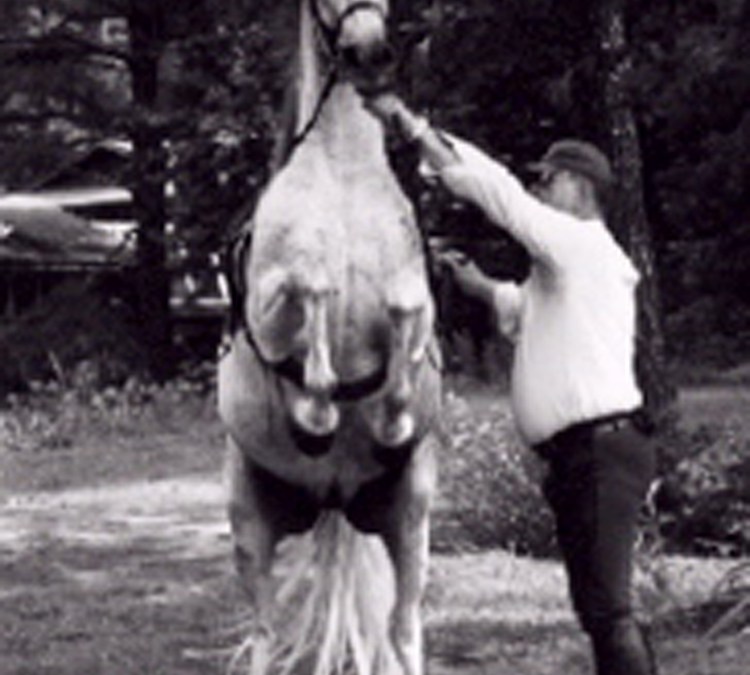Training difficulties have several aspects to them. There are basic difficulties, projected difficulties and created difficulties. When educated properly, dressage only needs to involve basic difficulties. So let us look closer at how this works.
Basic difficulties are organic to the horse. They deal with and are founded in temperament, conformation and genetics. They are both internal and external in origin. It is not that we as trainers are free from these difficulties ourselves but that once we have learned deep listening to the horse or at least empathic listening, we have a handle on them. This means we are able to put our own neurosis aside and ‘see’ the horse.
Projected difficulties are psychological in origin and are a direct reflection of our own mental apparatus. There is no current or authentic barrier present other than in the extension of our own mind. This is our judgements and emotional evaluations from past experience and sometimes these problems are socially enforced by those around us.
These obstacles are not real or perhaps better to say they have no substance of their own but that is not to say they are not very powerful and act on the horse causing waves of other problems to arise. These projections are very difficult to control and are almost compulsive.
Many times one finds that you see these issues after the fact because they are so very tied into our own neurotic side. They are supported by conditional listening. The voice of the horse is really our own ego speaking to us. We do not “hear” the horse only the horse we create in our own minds.
Created difficulties are those which your technical skill or method creates. These problems are not directly connected to your or your horse’s emotional bias. They are strictly speaking basic nor projected but they are a sort of problem created by the culture of our education.
While they may be neurotic in character, created difficulties are easily changed once you are aware of them. They do not have the force of compulsion tied into them. They are tied to a learned method and we only listen to the horse through an interpretation founded in the method.
This division of difficulties are neither linear nor absolute. The idea presented here is only a device to encourage a student to be more mindful and aware. That means that what is being suggested is that to serious consider the improvement in your dressage is a willingness to look into these things.
However, the point here is not to wave the white flag of surrender nor to punish yourself for your transgressions with the horse. Learning how to listen to the horse is always an interesting challenge, no matter what our level is.
The value of such an understanding of the difficulties is to suggest ways to go beyond the current equestrian culture which views the horse as a complex piece of sports equipment needing to be strengthened through physical culture while the culture ignores any hint of sentience in the horse.
The fact is that the horse is a psychological being with a physical side rather than a physical being with psychological tendencies. The best dressage addresses first and foremost the horse’s mind while understanding that we see the horse through our own mind. From such a view, we must consider that our vision of the horse may be biased by own own mental equipment and so in our training is always an element of humility and modesty for self deception is a very powerful thing.
The best and most effective way of dealing with equine behavior is first to deal with our own behavior. Good dressage is always kind and gentle because we need the horse’s kindness and gentleness to find trust in the relationship.


Recent Comments